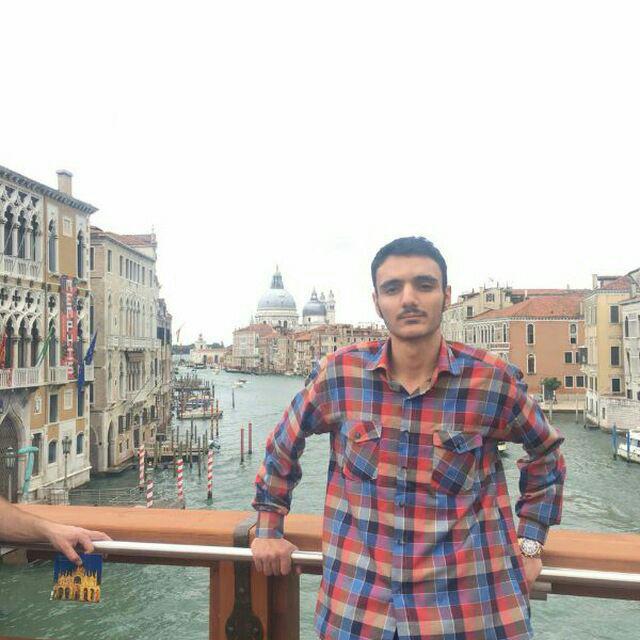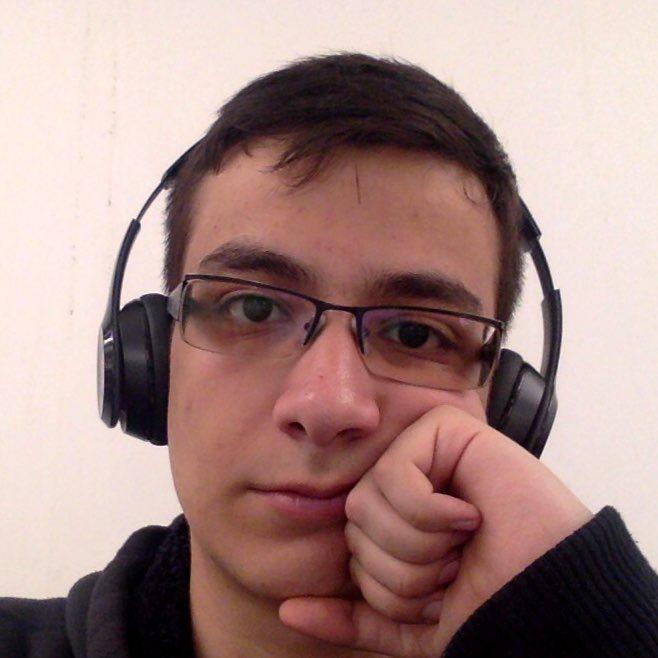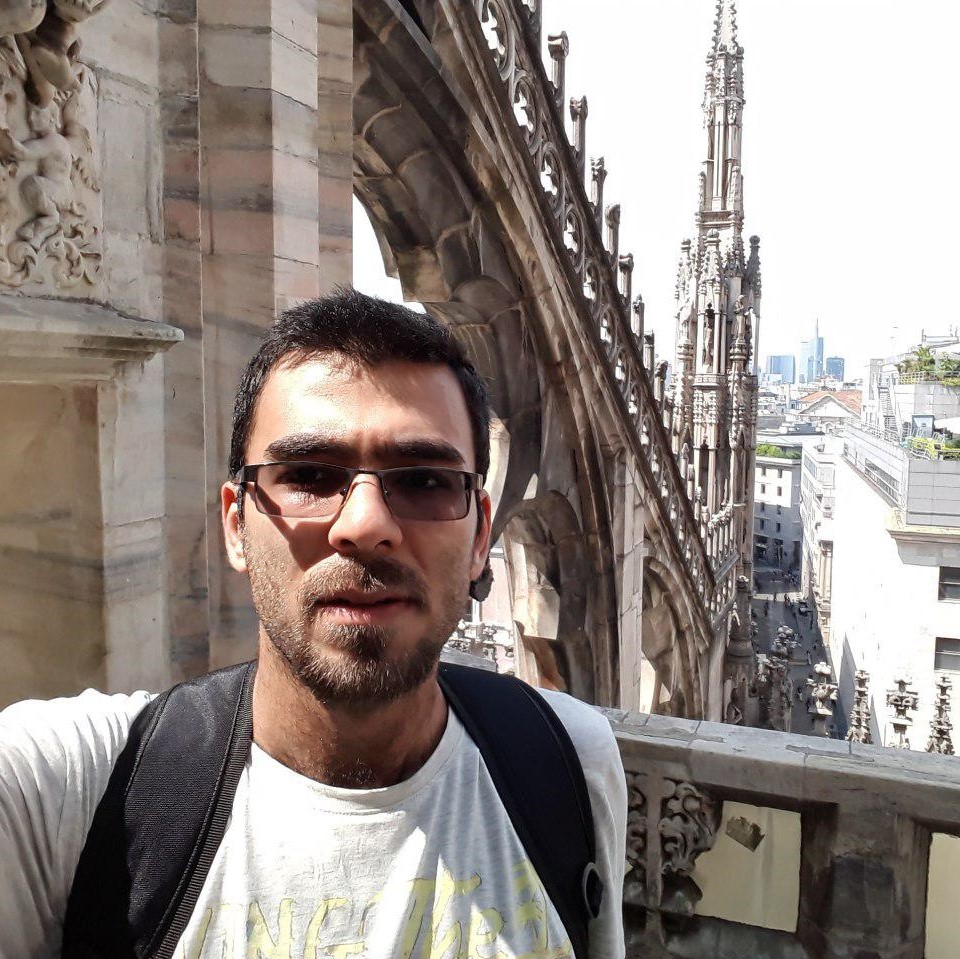
In my bachelor years, I bought so many books for each course. Still, I didn't read some of them entirely, so last year, I decided to give them to my friends with one condition: They have to explain each section to me after reading it, and at the end of the process, they can take the book for themselves. And it was the beginning of a Physics-Math (Quanta) Study Circle. This Quanta Study Circle is held weekly on Tuesdays at 5 pm in Physics' Association room (Terian) at the physics department of SUT.
Group and Representation Theory

Group Theory is the study of symmetry, and symmetry is the heart of physics. It is very incredible progress that we make during learning physics, which is that the complexity of physical problems can be dropped vastly by investigating the symmetries of problems. But there is a missing link between group theory and physics. It is as Howard Georgi says: "A log of what physicists use to extract information from symmetry is not the group themselves, but group representations." so through these courses, I try to present my studies on group theory and representations and their application in physics. I try to focus on its use, rather than pure mathematics, so it will be an excellent start for enthusiastic students to study this fascinating subject.
Electrodynamics

Jackson, Classical Electrodynamics; basic concepts of green function theory, green function expansion and its applications in electrostatics & quasi-static EM fields, maxwell EQs and their time-harmonic form, green function in wave theory, scattering theory of field, a Lagrangian formalism for CED, applications like antenna theory and transmission line analysis of high frequency circuits.
Geometry & Physics

--------------------------------------------------------------------------------------------------------------------------------------------------------------------------------------------------------------------------------------------------------------------------------------------------------------------------------------------------------------------------------------------------------------------------------------------------------------------------------------------------------------------------------------------------------------------------------------------------------------------------------------------------------------------------------------------------------------------------------------------------------------------------------------------------------------------------------------------------------------------------------------------------------------------------------------------------------------------------------------------------------------------------------------------------------------------------------------------------------------------------------------------------------------------------------------------------------------------------------------------------------------------------------------------------------------------------------------------------------------------------------------------------------------------------------------------------------------------------------------------------------------------------------------------------------------------
Kinetic Theory

--------------------------------------------------------------------------------------------------------------------------------------------------------------------------------------------------------------------------------------------------------------------------------------------------------------------------------------------------------------------------------------------------------------------------------------------------------------------------------------------------------------------------------------------------------------------------------------------------------------------------------------------------------------------------------------------------------------------------------------------------------------------------------------------------------------------------------------------------------------------------------------------------------------------------------------------------------------------------------------------------------------------------------------------------------------------------------------------------------------------------------------------------------------------------------------------------------------------------------------------------------------------------------------------------------------------------------------------------------------------------------------------------------------------------------------------------------------------------------------------------------------------------------------------------------------------
Fluid Dynamics

Fluid Dynamics is one of the most beautiful areas in Physics and Mathematics. In addition to its vast application in Theoretical Physics, knowledge of hydrodynamics is beneficial in almost all fields of science. Hydrodynamic equations and their origins can use for explaining any long-wavelength phenomenon. In these talks, I will review some aspects of the admired book of Lev Landau, Volume 6 of Course of Theoretical Physics, Fluid Mechanics, which is undoubtedly one of the most significant texts on the field.
Gravity & General Relativity

We will be following Neil Turok in a gentle introduction to GR. Wald's GR and Poisson's "toolkit" are then reviewed to provide the necessary machinery for tackling Black Hole Mechanics.

